After 15 years of doing GTD, I still believe that the 2-minute rule is the key to making it all work and staying successful. So let me explain why and how you can use the 2-minute rule to keep in your zone and get more done.
Although Originally a vital part of Getting Thing Done, James Clear also popularized the 2-minute rule in his book Atomic Habits. It’s a way to get a quick boost of productivity, fix small broken things, or make habits stick.
What is the 2-minute rule?
The two-minute rule states that if a task takes less than two minutes, do it now.
The 2-minute rule is that it’s inefficient to create a task and organize it in your system for something that takes two minutes or less. So if it takes less than two minutes, do it now.
The two-minute rule is a productivity hack from before productivity hacks were a thing. It comes from David Allen’s bestselling Getting Things Done, the book from which all subsequent productivity books take inspiration. But when should you employ the two-minute rule?
When to use the Two-minute rule
In Getting Things Done, ideas, tasks, to-dos, maybes, and random thoughts all get written down and placed into a single ‘inbox.’ When processing the inbox, any task that you could do in less than two minutes, you should do then rather than putting it on an action list to do later. This, in essence, is the two-minute rule.
But this rule can be used anytime you want to make quick progress on a goal, when you want to stop a bad habit, or when you need to deal with email. It’s a rule you can use every time you procrastinate and have a project to complete.
Not Only Email! Tasks That Take 2 minutes
You might be thinking to yourself: “How can I use this rule? What can I possibly do in two minutes?” Here’s a quick list of 30 things that aren’t just email!
- Send a response email
- Clear out a draw
- Tidy your desk
- Remove trash from your room
- Clean out your bag
- Make your bed
- Reorganize a bookshelf
- Cut your nails
- Take vitamins
- Take medicines
- Message a family member
- DIY tasks (change light bulb etc.)
- Water plants
- File something
- Use a Spellchecker
- Organize files on your computer
- Make an appointment/reservation
- Make a shopping list
- Clean your keyboard
- Update your phone
- Hydrate
- Juggle
- Transfer files to a USB
- Delete files
- Donate to charity online
- Purchase something online
- Archive Email
- Make a snack
- Change the bed
- Change batteries
Why use the 2-minute rule?
Stop Procrastinating In Two Minutes

It can be overwhelming to get started when you’re facing a list of things you need to get done. Sometimes, just looking through the list makes you want to give up and do something fun instead. But you can stop procrastinating in 2 minutes.
When you employ the two-minute rule, you’re telling yourself, “I’m just gonna do the easy things.” That thought in itself reduces the anxiety caused by the list and allows you to get started.
Once you start by completing the quick and easy tasks on your list, it gives you momentum, and you want to keep going! Soon you’ve checked off seven items and only spent 10 minutes. Suddenly the list doesn’t look so long or scary anymore. Using the two-minute rule regularly and implementing it as a habit is where things become more manageable.
A Two Minute Habit To Reduce Stress
Using the two-minute rule, you can boost your mental state and make you feel a little better about yourself (at the very least, you’ll feel less guilty), and it doesn’t take much effort.
We all get down sometimes. We don’t feel good, and our productivity tanks, which makes us feel worse! Everything feels like it’s too much effort, so we binge Netflix, scroll social, or waste time some other way. But, with just a little self-management, we can turn these habits into a regular job to improve your life, starting with the little things.
When you’re not feeling on, follow these steps:

- Decide you’re going to try the two-minute rule for just 10 minutes
- Go to your inbox or look around and find some less than two-minute tasks
- Set a timer for 10 minutes
- Do as many as you can in the time set
- How do you feel now?
Go through these steps as often as you like whenever you need a quick boost for your mental state.
Make A Habit Of Doing Those Small Tasks
You know what you’re like. You look down at a list of tasks, and instantly the important ‘gotta dos’ stand out, so you spend the day working on them and getting them done as best you can. By the end of the day, you’re exhausted and just want some time off.
As time passes, those little tasks build up in number until you have an insurmountable mountain of little tasks that will eventually bring you down in an avalanche.
Rather than letting the list grow and only focusing on the priority items, set aside some regular time for your less-than-2-minute tasks. David Allen recommends doing these while processing your inbox. I.e., while looking at your inbox, decide what to do and in which list to place them. This is a good practice, but I find that more often than not, I leave the small tasks in my inbox and process the tasks that need to be managed. Then, when I have a few of them, I set aside some time to do the two-minute tasks that are sitting in my inbox.
Either way, if you don’t set up some time to do them, the question becomes, when are you going to do those less important little tasks?
You may say, “Well, who cares? They’re not important” But that’s not true; the part of your brain that knows you have tasks to do doesn’t know that those are unimportant. For example, you’ve told it that you need to hire a new IT manager and that you want to buy a new iPhone case. If you don’t buy the case, it will keep reminding you to do it.
More Mental RAM For Better Productivity
You only have so much mental energy in Willpower: Rediscovering the Greatest Human Strength by Roy F. Baumeister and John Tierney shows how each decision you make reduces the amount of mental power you have for the next. Something as simple as deciding what you’re going to wear, what you’re going to eat, or which way you should go to work is taking up chunks of your mental energy reservoir. We’ve all had days when we’re just done by noon.
But it isn’t just decision fatigue or hard mental work that drains the reservoir. The incomplete tasks your brain is keeping track of are “holding a constant piece of your brain hostage,” says Allen. Do those little tasks, and “that part of your brain wakes up.”
Closing those loops will give you back mental reserves you may have forgotten you had. As a result, you’ll have more focus, creativity, deeper insight, and mental fortitude to keep going when the day gets tough (and it will get tough!)
“It’s why your car drives better after you’ve had it cleaned.”
David Allen
Rather than using your brain as a list or a basic reminder system, neither of which it does well, use it for what it was designed for – to problem solve!
It keeps you on the Wagon
Allen says he falls off the GTD wagon multiple times each day; he’s been doing it so long, though, that he knows precisely how to get himself back on. There are many ways in which you can fall off the wagon. For me, it’s usually when I develop numbness or resistance to processing my inbox, generally because my inbox gets too full.
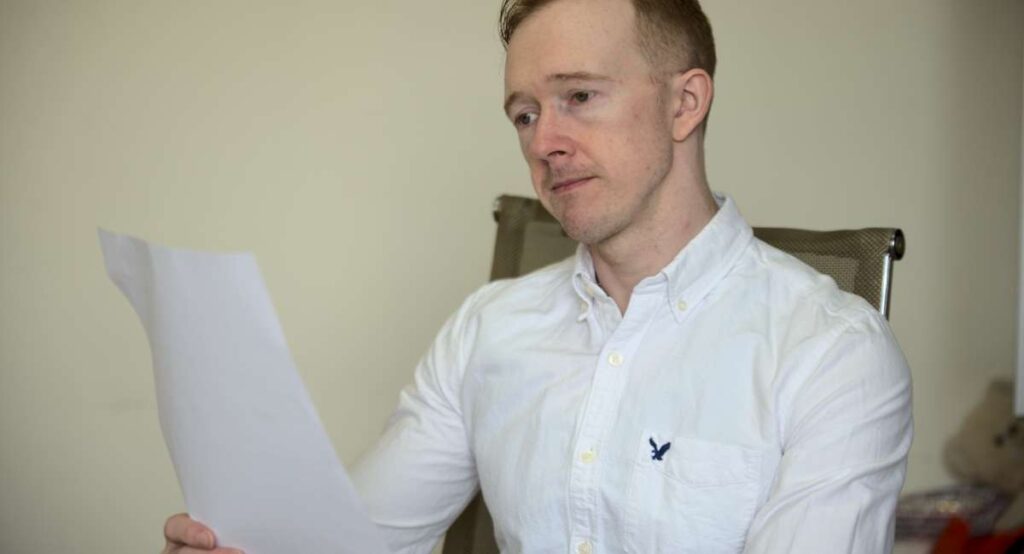
The reason I go numb to a list is always one of three things,
- There are items on the list that I can’t actually do
- There are items on the list that I don’t want to do
- The list has become too long, just looking at it makes me anxious
The two-minute rule can help us with the last two reasons. Whether there are things on the list you don’t want to do or the list has become too long, some of those items will be quick tasks you can finish in a couple of minutes.
Give yourself a short window of 15 minutes, find them and check them off. The numbness will then disappear, and your list will come alive again.
To supercharge your productivity, why not start GTD in just 30 minutes?
Tips for using the 2 minute rule
- Do it while you’re processing ‘in.’
- Set aside some other regular time to do it.
- Set a timer to give yourself an endpoint.
- Do each item as fast as you can.
- Use it when you feel overwhelmed.
- Use it to give yourself a boost in focus & Creativity.

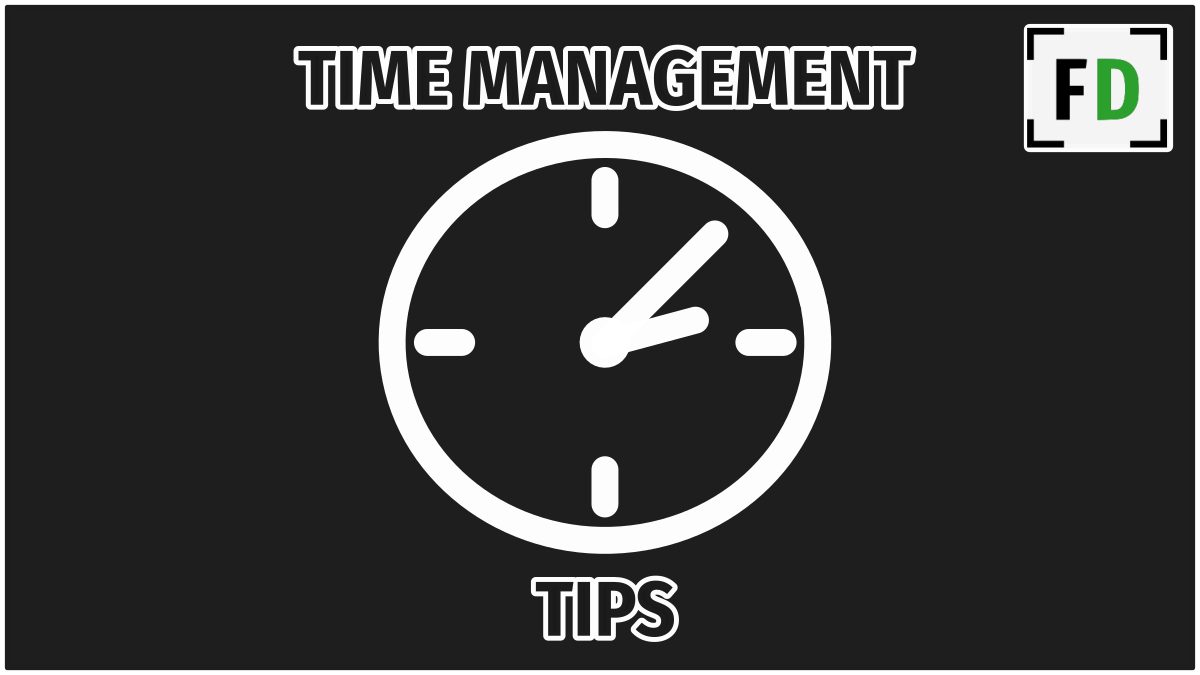

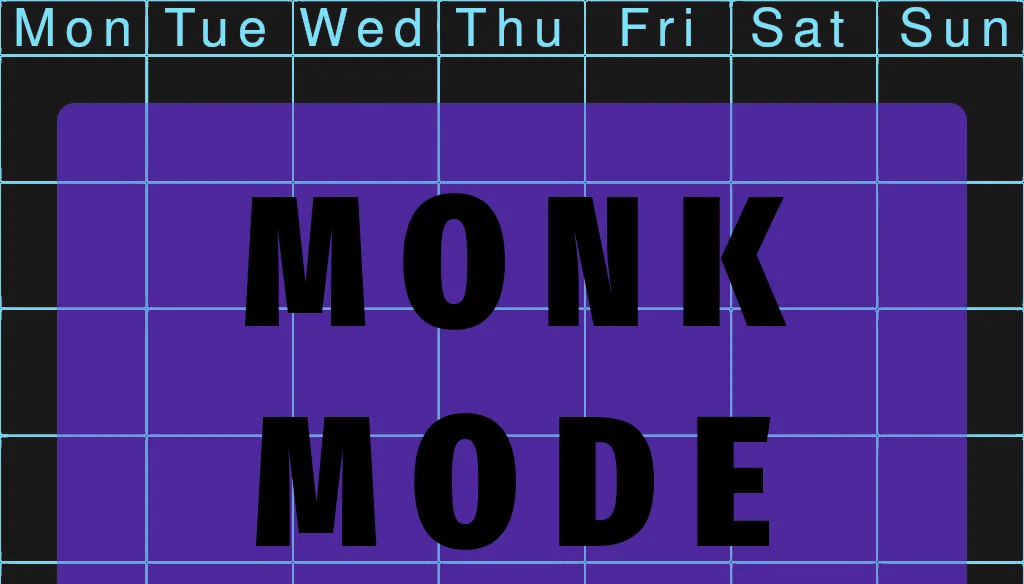
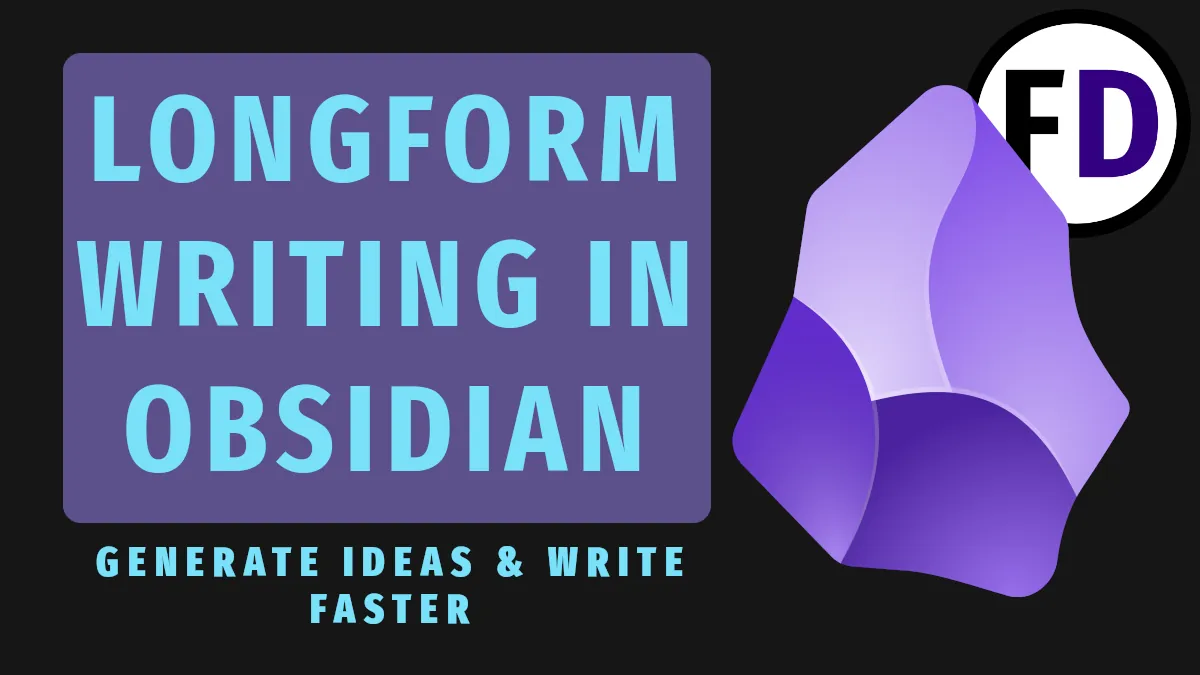

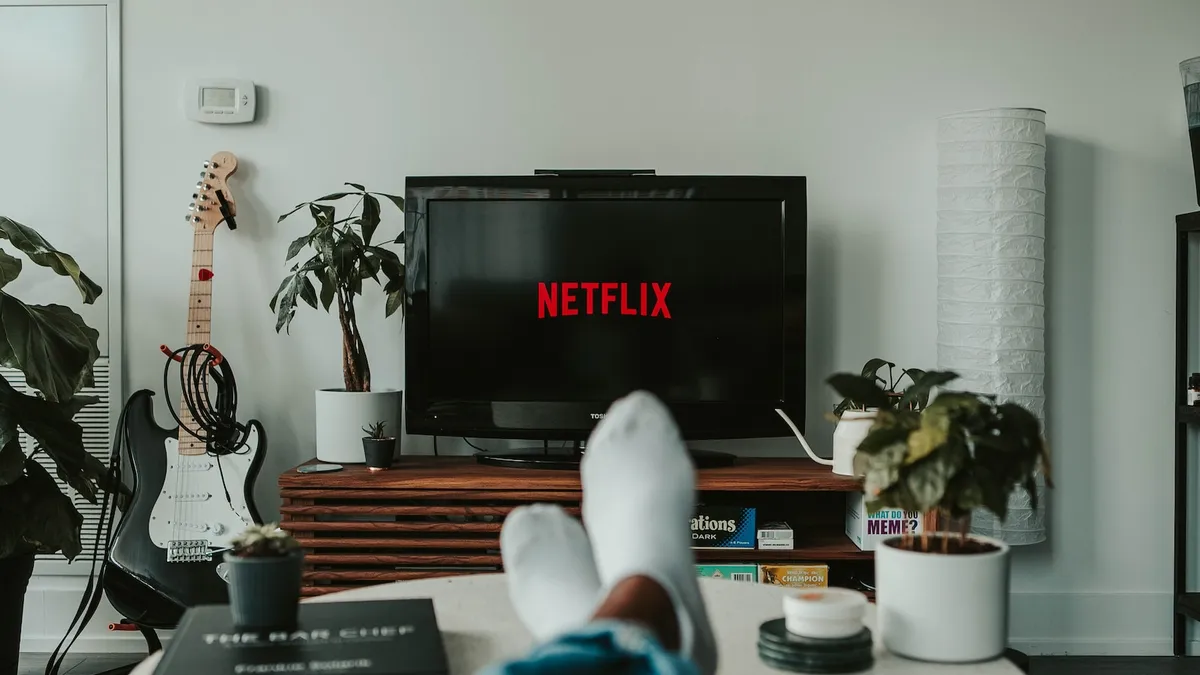


This is game changing thank you, simple yet hugely overlooked. I need to be more mindful of the 2 minute rule, it’s easy to get bogged down right!
Glad you found it useful! I think once I realized I could use the 2 minute rule any time, not just while processing it was a game changer for me!